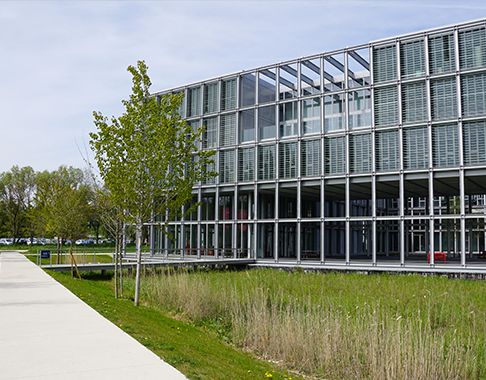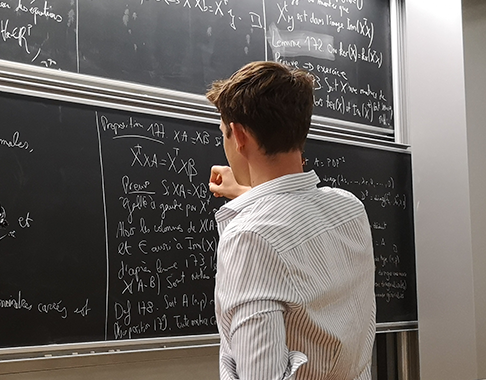Introduction to Environmental Economics
Teacher
GROSSET Florian
Department: Economics
ECTS:
2
Course Hours:
21
Tutorials Hours:
4.5
Language:
English
Examination Modality:
écrit+CC
Objective
This is a semester-long course in environmental economics. At the end of the semester, students will be (i) familiar with the foundational concepts and models of environmental economics, (ii) able to apply these concepts and models to analyze relevant environmental issues, and (iii) able to critically assess potential policy solutions.
The course has broadly four sections. In each section, the concepts will be illustrated using recent real world policy examples.
The first section (lectures 1-4) will discuss when markets work and when not. We start with a quick review of the fundamental welfare theorem of economics, which states that under “certain conditions” market outcomes are efficient. We will examine why some of those “certain conditions” might not be met in the intersection between economic activity and the environment (externalities, public goods, open access) and how the government should optimally intervene: command-and-control, taxes, tradable permits, and information provision.
The second section (lectures 5-7) introduces how to best utilize natural resources (renewable resources like fisheries, exhaustible resources like oil, and ecosystem services)
The third section (lecture 8-11) introduces extension to the basic results, e.g., distributional effects (not just the average), uncertainty, and the incentives to innovate.
The fourth section (lecture 12) introduces coupled climate-economic models and the social cost of carbon.
Planning
Lecture 1: Introduction, review why markets work, externalities and Pigouvian taxes.
Lecture 2: Continuation of environmental taxes, double dividend, ecological tax reform.
Lecture 3: Public goods, free riding / Coase.
Lecture 4: Pollution permits and how they relate to environmental taxes.
Lecture 5: Tragedy of the commons - open access fisheries.
Lecture 6: Exhaustible resources, scarcity rents, and regulation.
Lecture 7: Ecosystem Services.
Lecture 8: Non-uniformly mixing pollutants / Distributional effects of environmental policies.
Lecture 9: Inequality / Benefit-cost analysis.
Lecture 10: Risk and uncertainty / Prices versus permits under uncertainty.
Lecture 11: Technological innovation / rebound effect.
Lecture 12: Climate change / Social Cost of Carbon.
References
Textbooks for the class:
Charles Kolstad. 2010. Environmental Economics (2nd edition). Oxford University Press.
Tom Tietenberg and Lynn Lewis. 2023. Environmental and Natural Resource Economics (12th edition). Routledge.
Relevant references will also be suggested for each lecture.










